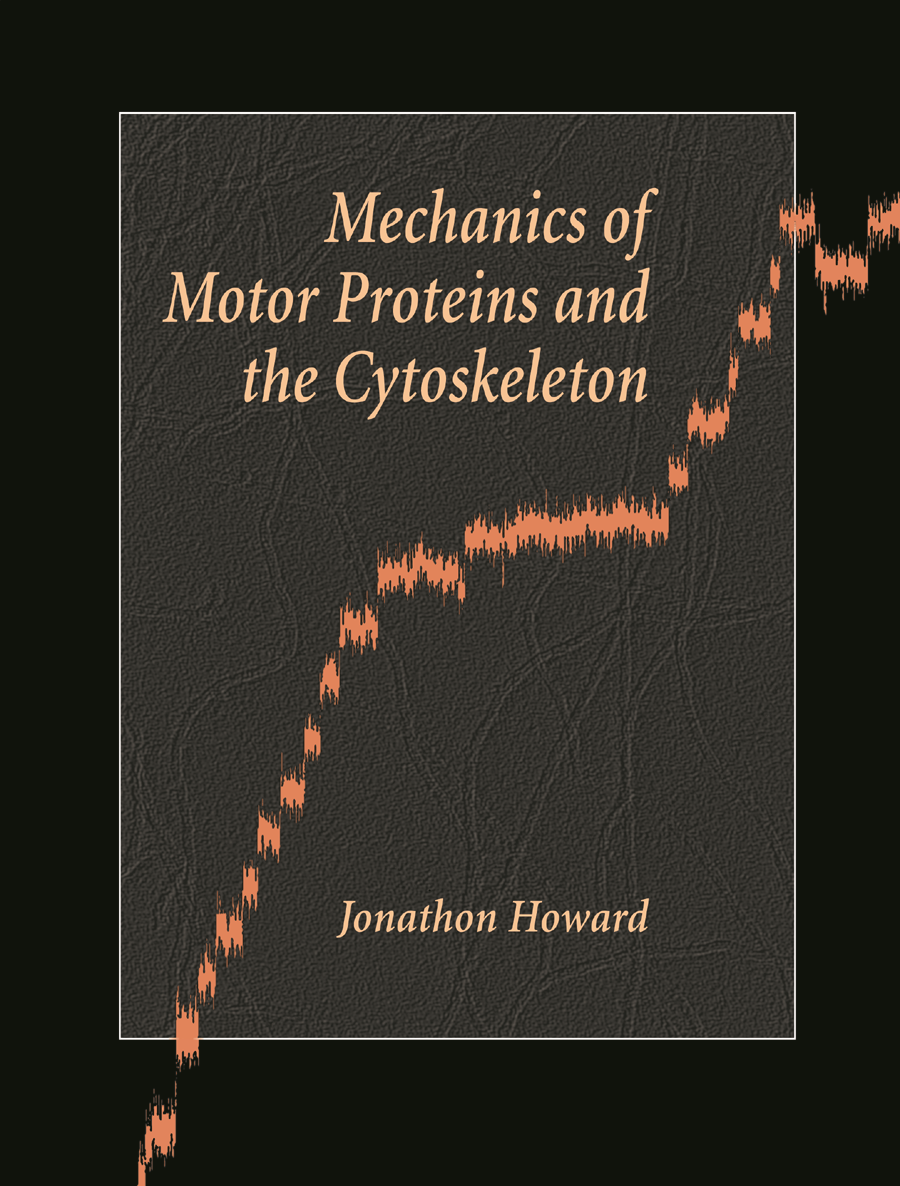
Mechanics of Motor Proteins and the Cytoskeleton
- Biology and Life Sciences

Description
Resources for Mechanics of Motor Proteins and the Cytoskeleton
No results were found
Suggestions:
- Make sure the author's name is spelled correctly
- Make sure you are in the right Discipline
- Try searching only the last name

Instructor resources to accompany Mechanics of Motor Proteins and the Cytoskeleton.